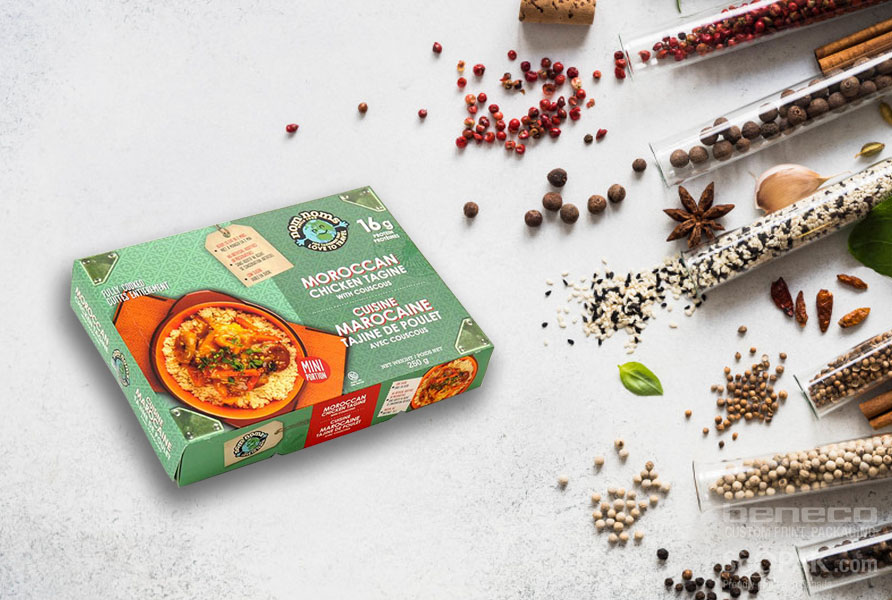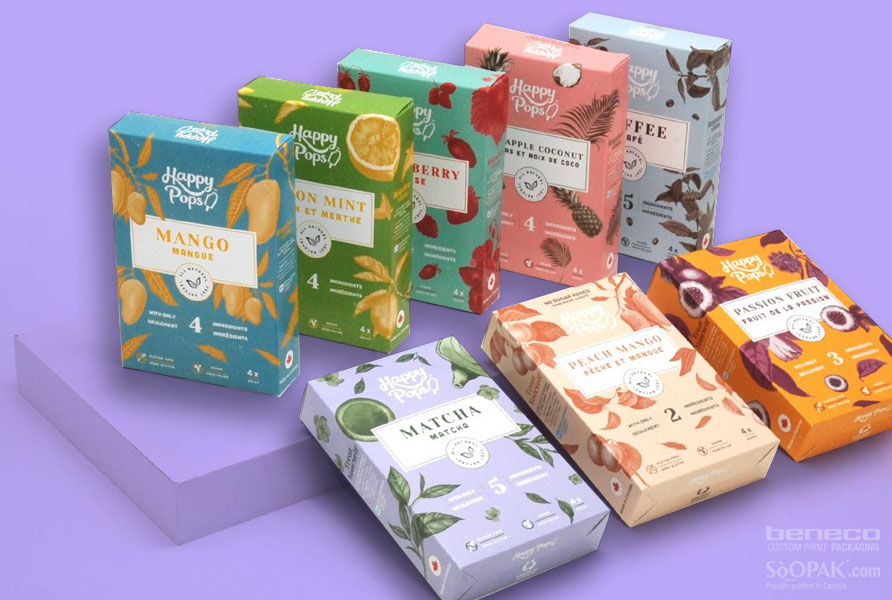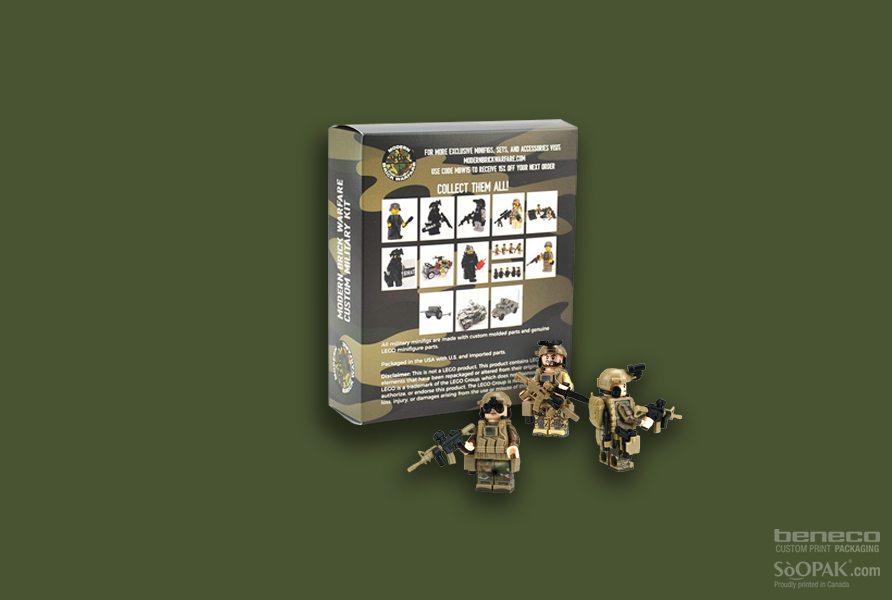No matter the type of product that you sell, you should strongly consider making green packaging decisions. This will help reduce your company’s impact on the planet while also improving your image with your customer base.
The problem for many companies is figuring out how to use green materials for their packaging. In many cases, it is merely a lack of desire to change current packaging that seems to work well. Or maybe your current packaging manufacturer does not offer greener options, and you do not want to find a new one. Or perhaps you are hesitant to make changes due to your bottom line.
It can take time to overcome some of those challenges. Still, it is never too early to start considering which green materials you would incorporate into your product packaging. Taking a closer look at some unique green packaging options may even push you to make the necessary changes.
Eucalyptus
Eucalyptus is commonly used in the pharmaceutical industry, and humans tend to use every part of the tree. Some businesses have started using eucalyptus for packaging as well. Parkside Industries Corp., for example, is a leader in technology for compression and injection molding. They developed NatureFlex, a bio-film that is made using the extracts from eucalyptus wood pulps.
This alternative is still in the very early stages of development. The material, however, has the potential to keep out moisture and oxygen, which could boost the shelf life of various products.
Mushrooms
Mushrooms are probably one of the last things you would think of when considering product packaging, but Ikea has figured out how to create packaging from mushrooms that works. This came as part of the company’s search for a biodegradable material to use instead of polystyrene. Amazingly enough, you can use every part of the mushroom for different roles in packaging.
The outer shell of the mushroom has a mycelium sheath directly underneath it. You can combine it with oats and other natural ingredients. The combination binds together, turning into a solid material that can be molded into the shape you need. Mushroom roots also contain mycelia, serving the same purpose. Mushroom stems can be an eco-friendly alternative to packing peanuts.
Chicken Feathers

With the popularity of chickens in the meat processing and poultry industries, there is a plentiful supply of feathers, but not many uses for them. A relatively new process makes it possible to turn the features into containers and bags. This process takes advantage of the fact that the feathers have high keratin levels. This is a fibrous protein known for its tear-resistance and strength.
The feathers undergo polymerization, starting with grinding the feathers into a fine dust. From there, chemicals get added, so the keratin molecules form long chains. The result is a bag or container that does not have contaminants and is excellent at resisting water.
What You Can Do
You are unlikely to find a readily available packaging manufacturer that offers these unique packaging materials. However, you can take steps in the right direction by opting for recycled and recyclable packaging and reducing your use of single-use plastic. You can also look for materials like biodegradable packaging for peanuts, air pillows from recycled materials, and corrugated bubble wrap.




